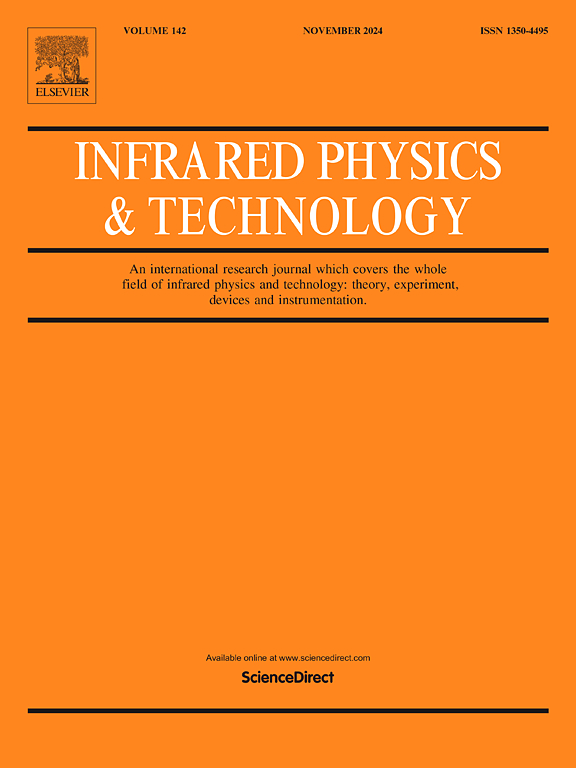Research on gas concentration field reconstruction method based on laser SLAM and TDLAS
IF 3.1
3区 物理与天体物理
Q2 INSTRUMENTS & INSTRUMENTATION
引用次数: 0
Abstract
A method for gas concentration field reconstruction is proposed, which integrates laser Simultaneous Localization and Mapping (SLAM) with Tunable Diode Laser Absorption Spectroscopy (TDLAS). This approach aims to address the reconstruction limitations of TDLAS in complex scenarios due to the lack of depth information. By introducing the spatial perception and autonomous localization capabilities of SLAM, a single TDLAS telemetry device mounted on a mobile robotic platform is utilized to achieve scanning and reconstruction of gas concentration fields over a large area (approximately 500 square meters). During the experimental validation conducted in an underground garage, the distribution positions of high-concentration gas bags were accurately reconstructed with an error margin within 0.6 m. Furthermore, the distribution and differences between methane and carbon dioxide gas bags of varying concentrations were successfully reflected, demonstrating the effectiveness and feasibility of the proposed method. In the future, this method holds promise for widespread applications in pipeline inspection, personnel detection, and other fields.
求助全文
约1分钟内获得全文
求助全文
来源期刊
CiteScore
5.70
自引率
12.10%
发文量
400
审稿时长
67 days
期刊介绍:
The Journal covers the entire field of infrared physics and technology: theory, experiment, application, devices and instrumentation. Infrared'' is defined as covering the near, mid and far infrared (terahertz) regions from 0.75um (750nm) to 1mm (300GHz.) Submissions in the 300GHz to 100GHz region may be accepted at the editors discretion if their content is relevant to shorter wavelengths. Submissions must be primarily concerned with and directly relevant to this spectral region.
Its core topics can be summarized as the generation, propagation and detection, of infrared radiation; the associated optics, materials and devices; and its use in all fields of science, industry, engineering and medicine.
Infrared techniques occur in many different fields, notably spectroscopy and interferometry; material characterization and processing; atmospheric physics, astronomy and space research. Scientific aspects include lasers, quantum optics, quantum electronics, image processing and semiconductor physics. Some important applications are medical diagnostics and treatment, industrial inspection and environmental monitoring.

 求助内容:
求助内容: 应助结果提醒方式:
应助结果提醒方式:


